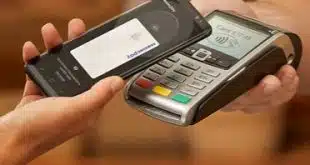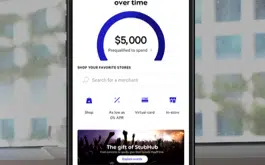Despite the frenzy of media speculation it unleashed over the Labor Day holiday weekend, Google Inc.'s application for a patent covering mobile payments draws little comment from the Mountain View, Calif.-based search giant beyond a cautionary note that the mobile service may not progress beyond the drawing board. “We file patent applications on a variety of ideas that our employees come up with,” Google said Tuesday in a statement it sent to Digital Transactions News. “Some of those ideas later mature into real products or services, some don't. Prospective product announcements should not necessarily be inferred from our patent applications.” The United States Patent and Trademark Office officially posted on Aug. 30 Google's patent application, No. 20070203836, which the company had filed 18 months earlier. The 18,000-word application describes a method of processing person-to-person and physical-world commerce transactions using text messages sent by mobile devices, specifying means by which payors and payees may be identified, whether accounts held at financial institutions may be involved, and how payors can put limits on transaction amounts or types of payees that may be paid. The document refers to a “computer-server system,” presumably at Google or a Google licensee, that would receive and handle the payment-triggering text messages, recognizing them as payment messages because of an identifier which the application refers to as “gpay.” For example, a customer wanting to pay for a cup of coffee at a local store might tap out “gpay Starbucks357 3.50,” which identifies the store location in the Starbucks chain as well as the payment amount. Accounts from which funds may be drawn, according to the application, include demand-deposit accounts, credit and debit card accounts, and accounts users might hold with micropayment processors, which are typically prepaid accounts. The document outlines other features the system might offer, including an ability for payors to escrow funds pending satisfactory completion of work by service providers as well as limits the user could place on transactions. These might include a maximum per-transaction amount, a maximum total amount over a specified period, and a list of merchant types, identified by industry codes, that the user will not permit payments to. In the case of questionable transactions, the document provides for security measures, including the ability to call the user at a registered phone number to verify the payment. The application also lays out five scenarios to illustrate various uses for the invention. Among these are payments at farmers' markets, where vendors might not have card terminals but would likely have cell phones; to service providers; and at vending machines. The Google patent application comes at a time when a number of processors have entered the market for mobile payments, several of which rely on text messages to trigger transactions. PayPal Inc., for example, introduced early in 2006 a service that lets handset users buy DVDs and other products by sending short-message-service (SMS) transmissions. This year, it added a capability to pay online merchants via the mobile Web (Digital Transactions News, July 11). Google, however, has shown with its e-commerce payment product, Google Checkout, that it is willing to subsidize usage of a fledgling product in a competitive market. Google introduced Checkout in June 2006 with an offer to merchants of $10 worth of processing for each $1 those merchants spent on AdWords, Google's marketing service. Shortly after that, the company put in place and later extended an offer of free processing, an offer that remains in effect until the end of the year. This spring, Google added a mobile component to Checkout that works with merchants that have established sites on the mobile Web (Digital Transactions News, June 5).
Check Also
Affirm Expands Credit Reporting And Adds Adyen U.K. Clients
Installment-payments specialist Affirm Holdings Inc. will include all of its products in data sent to …




